Solar Energy Generation
- Solar Energy Generation is a method of generating electricity through the photoelectric effects of the light energy from the sun, using solar panels with several solar cells attached.
- The Solar Energy Generation system consists of a module composed of solar cells, condenser, and a power converter.
- The advantage of Solar Energy Generation is that there is no pollution, it can be generated only to the amount necessary and only where it is necessary, and maintenance is easy.
- It is attracting attention as a future alternative energy source for using an infinite amount of solar energy source and other factors.
Outline of Solar Energy Generation Principle
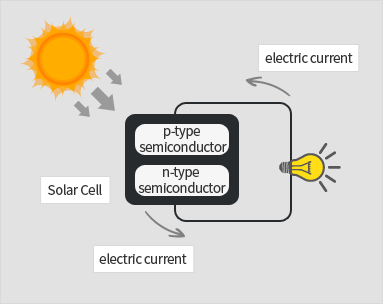
- When light is shined on a solar cell, electrons and holes are generated inside.
- Potential difference will be generated of the electric charges in its process of moving to N pole and P pole.
- At this point, it makes use of the principle where currents flow when load is connected.
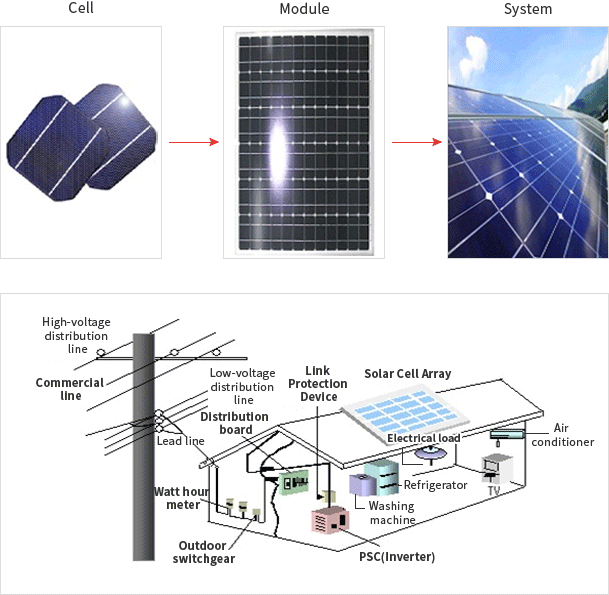
Module
- Device which converts the light energy of the sun into electricity
- Product life span and performance insurance : 25 years
- 90% for 12 years
- 80% for 25 years
Inverter
- DC to AC converter
- Sales electricity produced from solar modules to KEPCO
- Facilities to convert to AC that can be used at home
Structure
- Structure facilities allowing modules to maintain optimal condition for receiving light energy
- Fixed, variable, traceable
Solar Energy Generation System Diagram
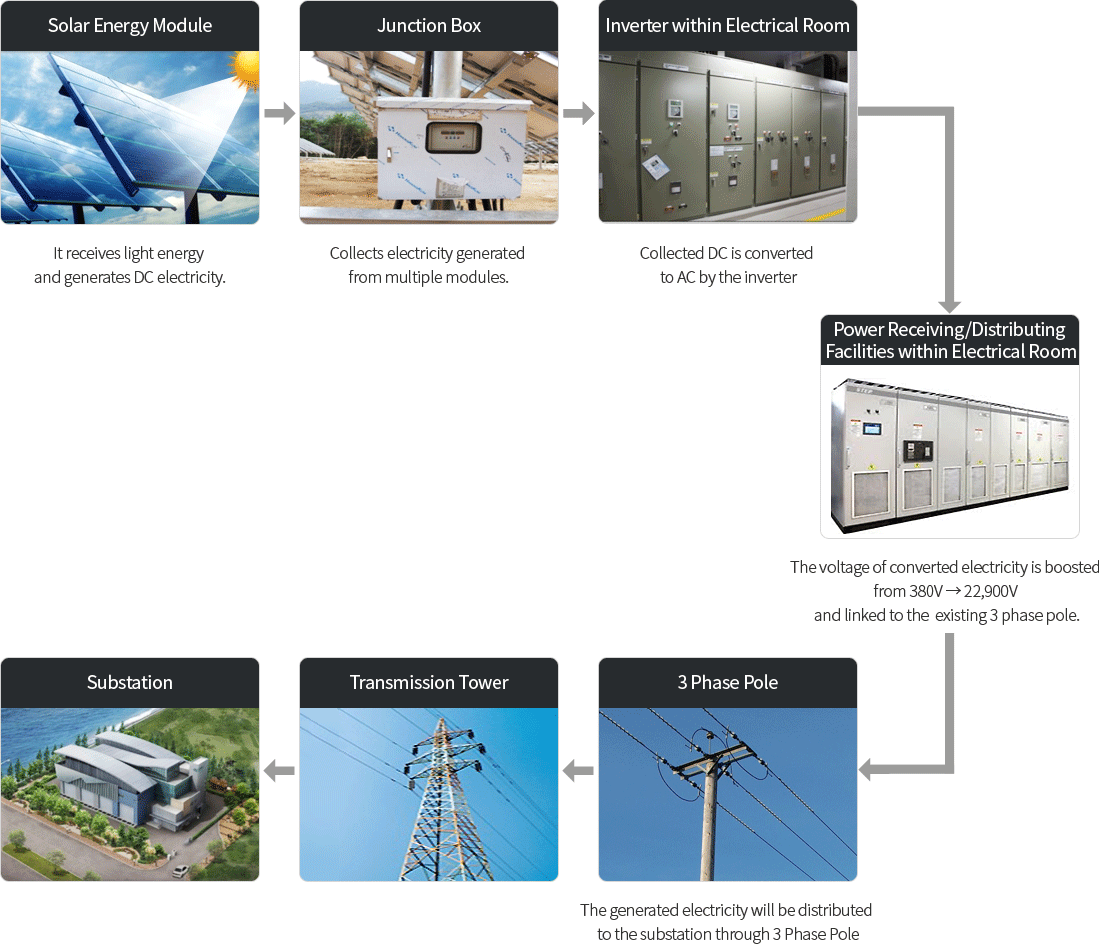
Types of Solar Energy Generation Facilities
Grid-Connected System
- DC electricity generated from solar energy is supplied to the inverter to be converted to usable electricity and stable power supply is provided for the consumers.
- A method which enables usage of electricity from the grid during night time or when there is insufficient light, and when excess electricity is produced, it is absorbed to the grid.
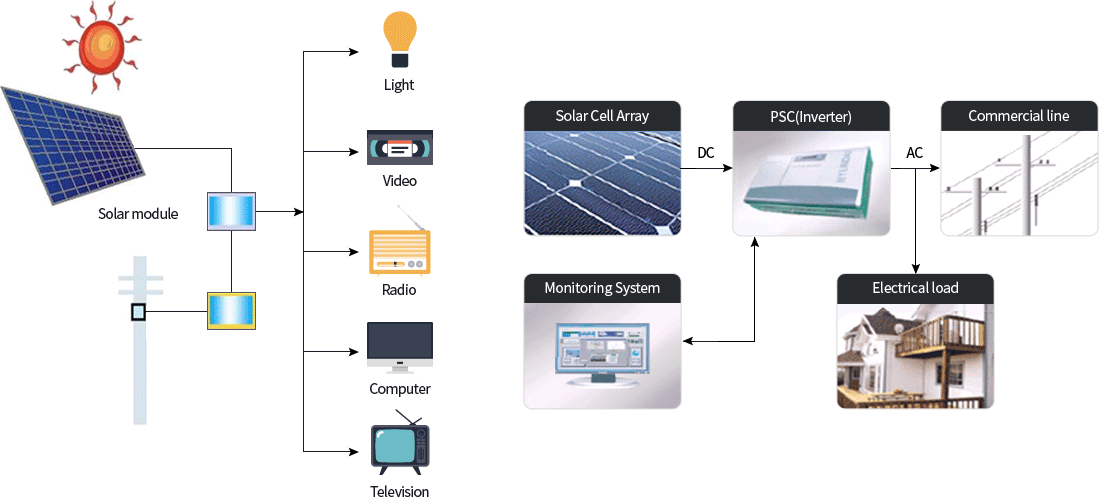
Stand Alone System
- It is equipped with a storage facility to supply electricity during night time or when there is insufficient sunlight, so that the electricity stored in the storage battery for the period of solar power generation may be used.
- It can be used as a combined power generation system equipped with diesel generator and wind power generator for supplementary use in case of a problems such as prolonged days with low sunlight or system failures
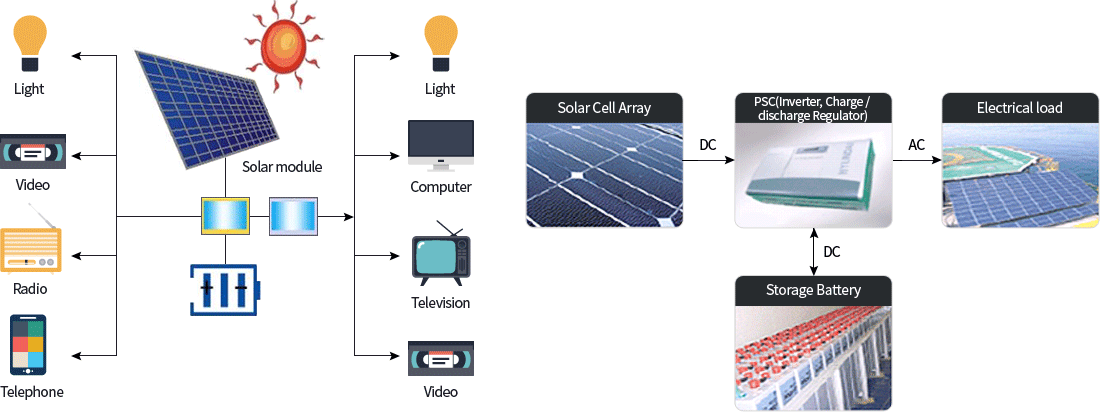
Building Integrated System
- It utilizes a building integrated photovoltaic module which uses electronic plates to replace conventional building materials in parts of the building envelope.
- BIPV (Building Integrated Photovoltaic System) is a method of producing electricity by installing solar modules on the exterior of buildings such as windows, walls, and balconies.
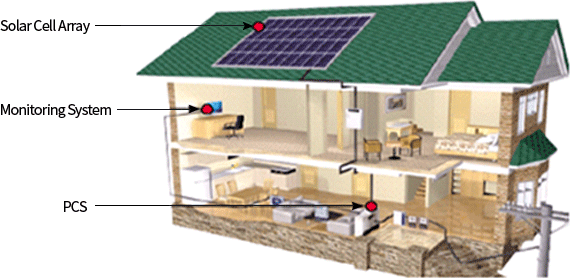
Solar Energy Generation Flow Diagram
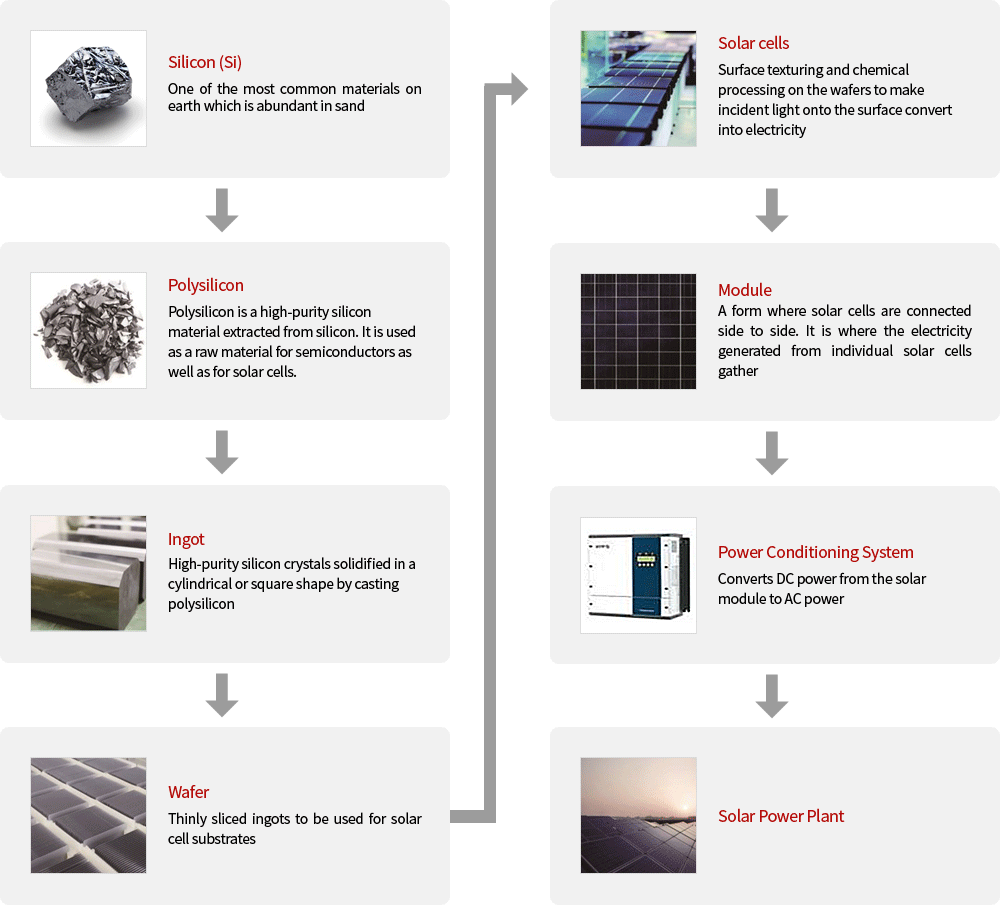
Solar Energy Generation Flow Diagram
Fixed Type
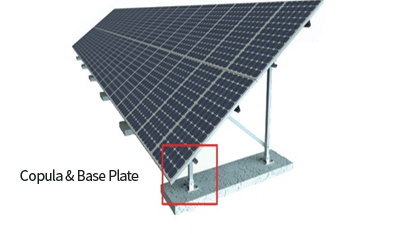
- Various specifications through scientific structure review
- Full bolt fastening method without welding
- Easy installation and maintenance
- Excellent appearance and durability with hot-dip zinc galvanizing
Fixed-tilt Type
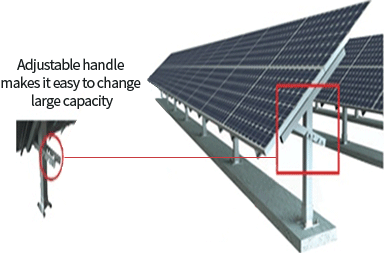
- Possible to design various tilt angles
- Possible to adjust tilt frequency according to the consumer’s demand as tilt function is easy
- Stable system, does not shake even with strong wind
Single-Axis Type
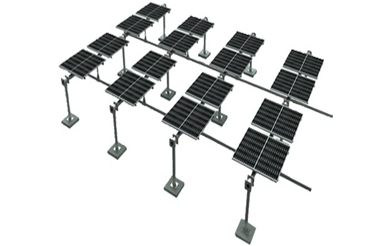
- Use of Actuate with sturdy structure
- Easy to adjust slope angles, similar effects with dual-axis type
- Minimal use of motor, reduces power consumption and enhances convenience of maintenance
- Maximize power generation through back tracking and real-time tracking functions
- Unmanned power plant operation system through web control with remote control system
Roof Type
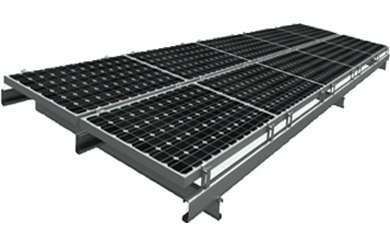
- Easy to install on site using bolt fastening method and module fixing bracket
- Fast construction with simple and perfect design and manufacturing
- Smooth compatibility and assembly make it possible to attach modules of various sizes
- Standardized light weight through C-shaped steel structure
- Stronger and more stable with various structures by roof type
Floating Type
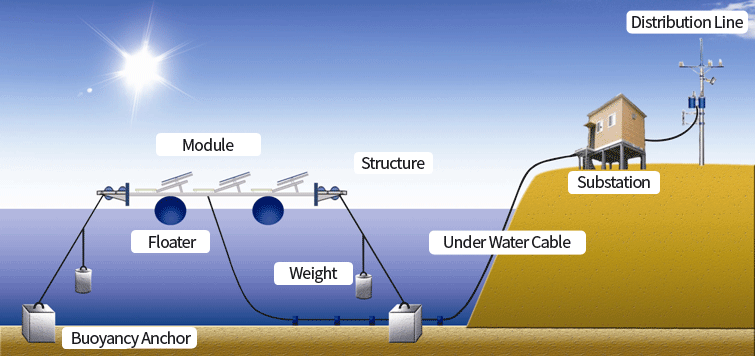
- Solar modules are fixed to the floats fixed on the water surface with mooring systems
- Wide water surfaces have minimal shadow interference, low ambient temperature and windy environment which are favorable for solar power generation
- Conversely, since it is exposed to strong wind, wave, and humidity, there must be corresponding design and construction
- Site selection should be carefully considered because depending on the location conditions, increasing initial construction cost and related development licensing may not be possible
Frame Type
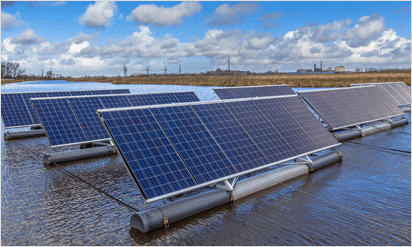
- The frame type is mainly applied where depth of water is deep, change of water level (40m) is large, water flow rate is fast, and wind speed is strong such as dams or gulfs
- Higher generation efficiency compared to the buoyancy integrated type through the application of optimal module inclination angle.
Buoyancy Integrated Type
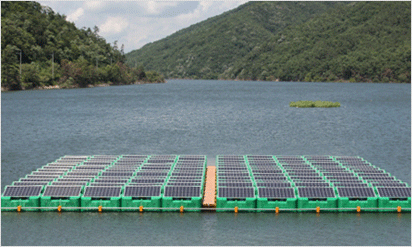
- The buoyancy integrated type is mainly applied where change of water level, water flow rate and wind speed are low such as reservoir or ponds
- Generation utilization rate drops by 3~3.5%, but it can be constructed quickly and conveniently and the construction cost is about 15~20% lower than the frame type.

TOP
